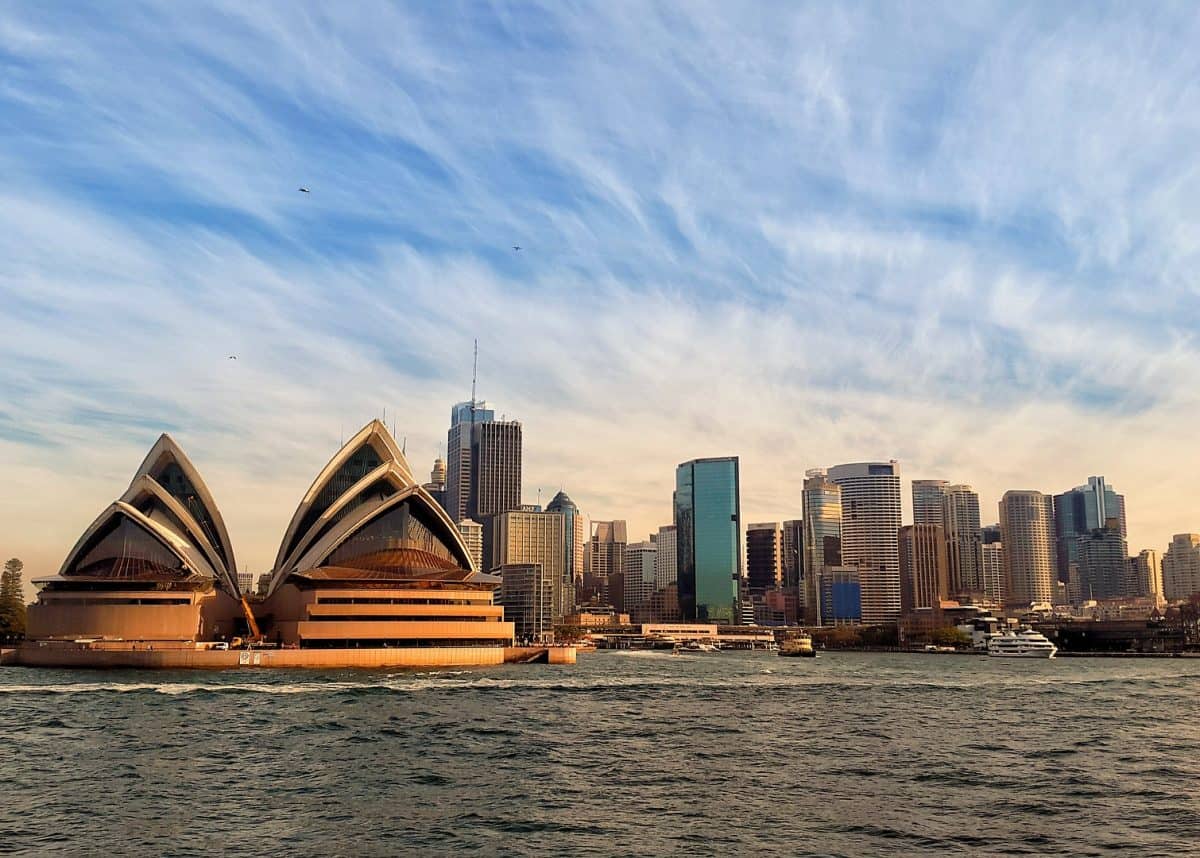NSW has continued to grow in 2020 despite the impacts of the pandemic which have resulted in a substantial drop in overseas migration, an annual analysis of population trends has found.
The state’s Minister for Planning and Public Spaces, Rob Stokes, said Covid-19 will slow population growth in the short-term. However, it will not alter the long-term population growth that informs housing and land development targets.
“Not surprisingly, the biggest hit to population growth has been from the declining numbers of overseas migrants due to border closures and strict quarantine rules,” Stokes noted.
Huge drop in immigration to Australia
He added that the border entry restrictions which came into effect in March had led to a 99 percent fall in the number of people both leaving and entering Australia.
“The report also makes the assumption that, Australia-wide, net overseas migration will fall from approximately 154,000 people in 2019–20 to around 72,000 people by the end of 2020–21,” Stokes said.
“This is significant because, for the last 15 years, the greatest driver in population change has been overseas migration. As a result, we cannot rely on this as an economic lever to pull us out of [economic difficulties] like in previous years.”
The report, entitled ‘2020 Population Insights’ and prepared by the Department of Planning, Industry and Environment, has also shown that for the first time in 23 years fewer people are leaving NSW for Victoria.
Internal migration estimates suggest that 2,000 fewer NSW residents left for Victoria during the June Quarter 2020 compared to same time last year. Similarly, slightly fewer people relocated to Queensland.
But NSW still needs more new houses
“This doesn’t surprise me as it’s been clear that NSW has led the country in managing the health impacts of the pandemic while balancing it with the need to keep the economy buoyant,” Stokes said.
“It’s also important to recognise that a sudden drop in immigration doesn’t correlate to a similar drop in housing demand. We still need more houses to catch up with a structural shortage in housing supply and to meet the changing housing preferences of our community – preferences that continue to change in response to the pandemic.”
The report also found that the NSW population continues to grow, reaching 8.164-million people at 30 June. This is an increase of 76,700 people, or 0.09 percent, over the course of the year.












